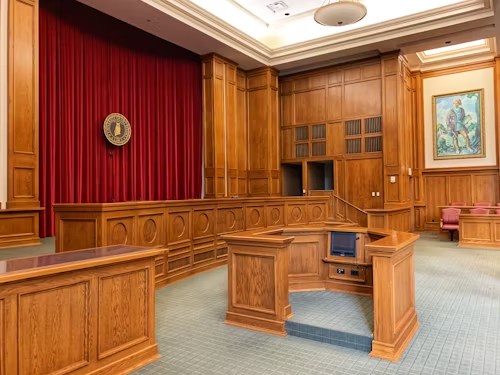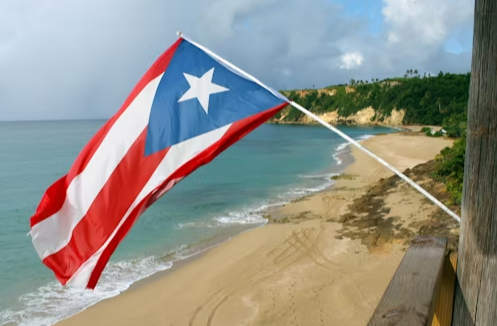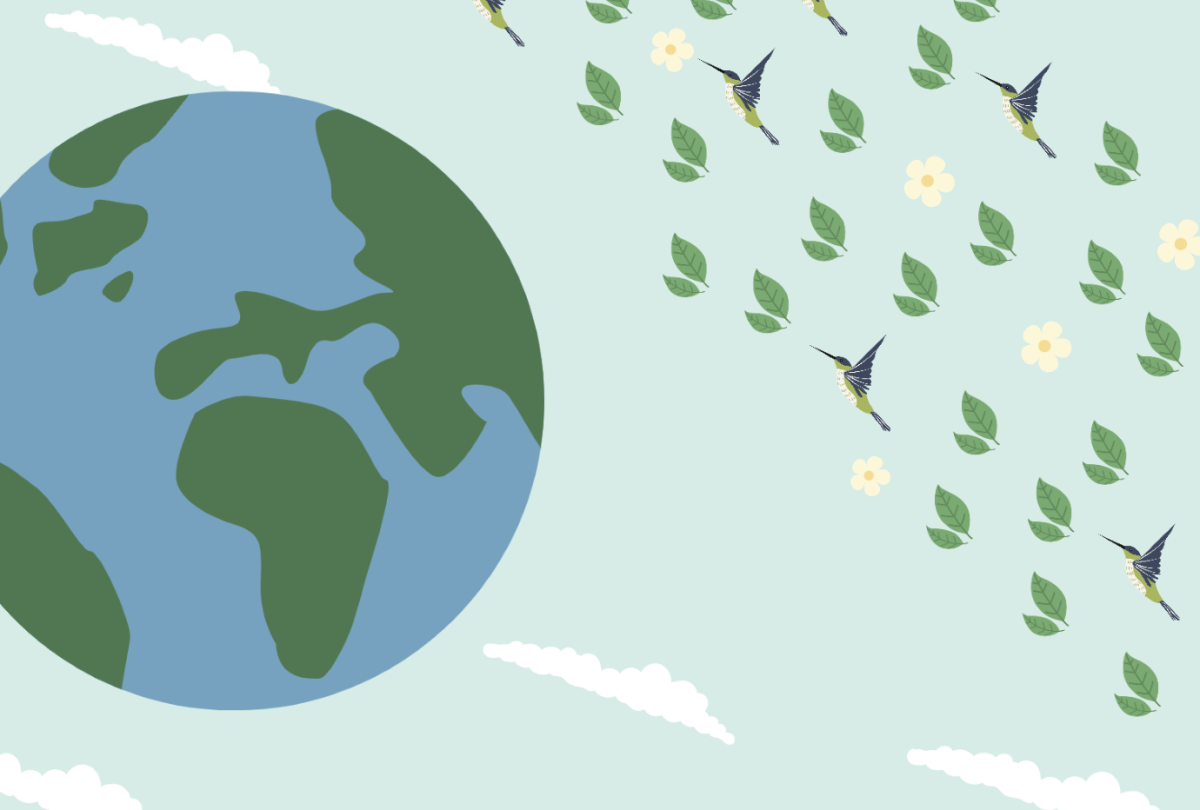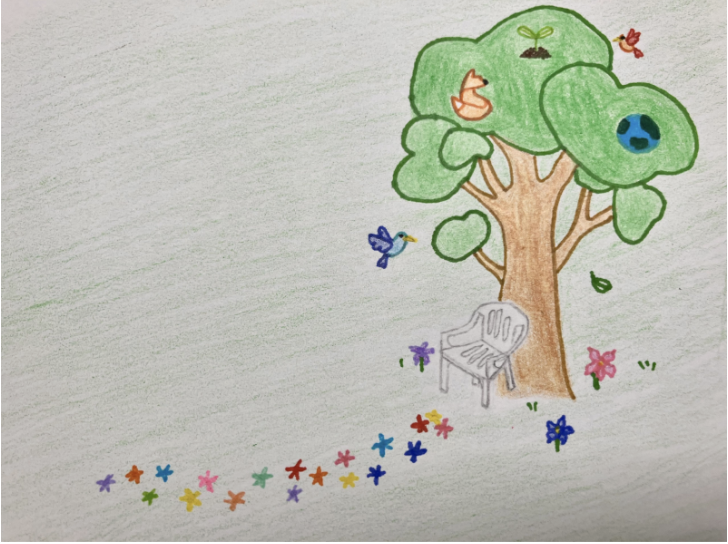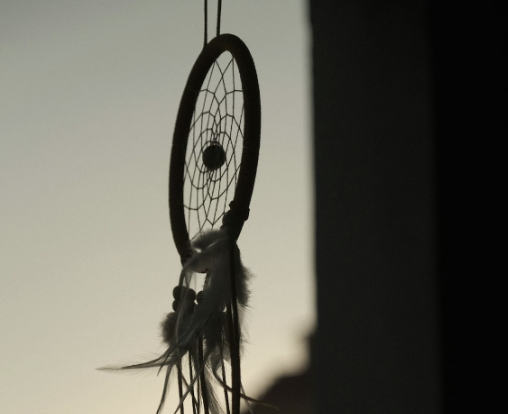
Every November, Americans commemorate Native American Heritage Month to celebrate the traditions, languages and stories of Native American and Alaska Native communities and an opportunity for all citizens to remember their rich histories and contributions to the country.
The commemoration started in the early 20th century, after Dr. Arthur Parker and Red Fox, activists who campaigned for recognition of national Native American day which was later expanded to an entire month. In 1916, New York became the first state to observe a day dedicated to native people. Finally, in 1990, President George H. W. Bush signed a resolution to formally designate November as a National American Heritage Month.
This awareness month is also an opportunity for honoring the diversity of the Indigenous cultures. There are approximately 7.1 million American Indians (projected 10.1 million by 2060). Of the 50 states, Alaska has the highest relative population of Native Americans at 20.32% with Oklahoma second at 13.19% whereas California has the highest number of Native Americans with 757,628 people.
There are 574 tribal groups, although the Cherokee, Navajo and Choctaw are the three largest American Indian Tribal Groups whereas Yup’ik, Inipiat and Tlingit-Haida are the three largest Alaskan Native Tribal groups and the Lumbee tribe is the largest tribal group in North Carolina.
American Indians have made significant contributions to American society. Their expertise in agriculture, environmental conservation and medicine has a profound impact in the community. From the innovations of kayaks, protective goggles, baby bottles, syringes to genetically modified food crops and analgesic medication has enabled them and their community to flourish wherever they lived.
While the month of appreciation is celebrated for American Indians, it is also important to highlight the ongoing challenges that the indigenous people are facing. They continue to face challenges in health care, education and employment. For instance, it’s estimated that 29.4% of indigenous Americans live in poverty, with limited access to resources are some of the issues faced by the Native American. Different sacred places are being threatened that are not under the control or ownership of the Natives. Different groups have protested projects like pipelines and deforestation which threaten sacred sites and natural resources and the need for policies to protect the indigenous land and environment.
Native American Heritage Month can also be commemorated by exploring Indigenous art and literature. Different indigenous artists incorporate traditional symbolism with art reflecting from other tribes and colonial settlers. Different authors have created varieties of literary works that share Indigenous perspectives, exploring identity, family and resilience which can be read to understand their tradition, history and culture. People may also attend events related to American Indians and learn their history to share their experience with friends and family. People can also support businesses that are owned by the native people, by buying arts and crafts from them. On a deeper level, people may be involve and support policies or organizations who are working to improve the quality of life of the native people.
While Native American Heritage Month lasts for a month, honoring the community by reflecting on Indigenous history, celebrating their diverse culture and taking steps to support Native communities and protect their rights can be done throughout the year.


